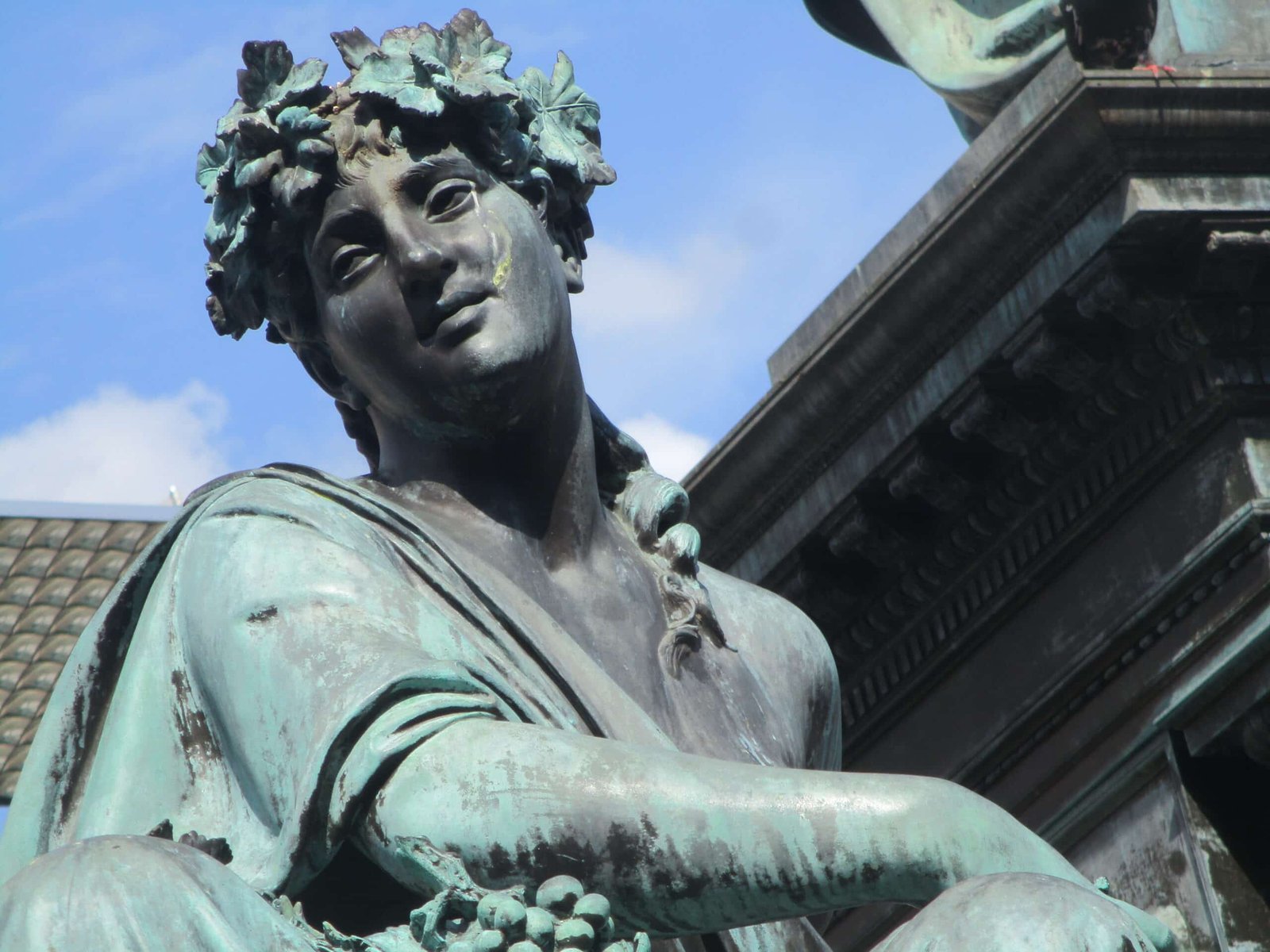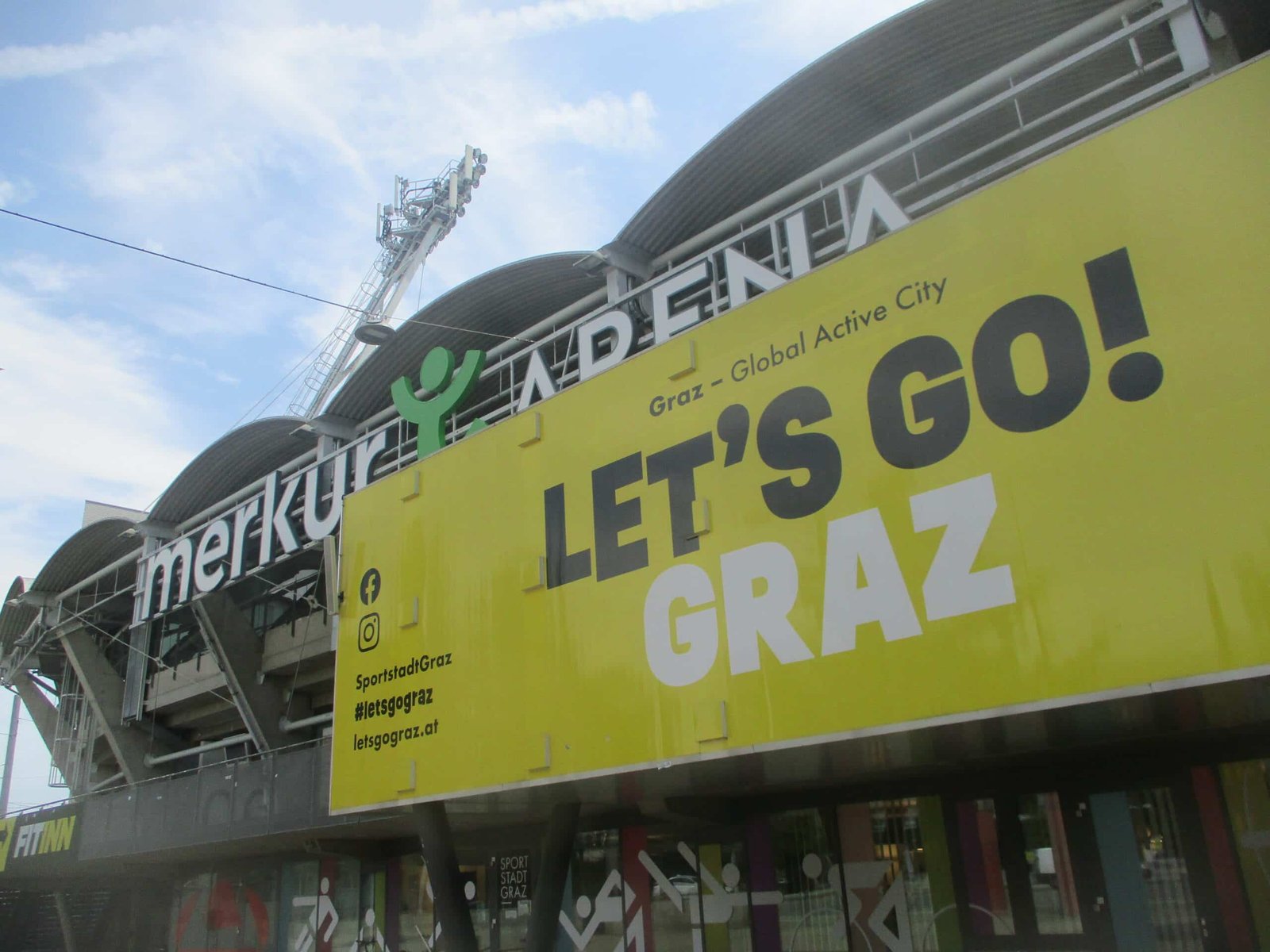Teams, tales and tips – a guide to the local game
Destination for the country’s league titles in 2024 and 2025, Austria’s second city of Graz has elbowed out Salzburg as its football capital. As well as Sturm breaking Red Bull’s ten-win streak at the top of the tree, city rivals Grazer AK have returned to the Bundesliga after 17 years.
Actually a phoenix club revived by fans in 2013, GAK achieved six straight promotions from the lowly eighth rung to the third, until making the big leap back to the elite in the spring of 2024. At the same time, Sturm nicked the league title from Red Bull Salzburg by two points in the play-off round.
In 2024-25, the pair played a top-flight league derby for the first time since 2007, although they also met in the ÖFB Cup in 2022. Sharing the Liebenauer Stadion once more, the Graz rivals were also sharing the limelight two decades after claiming three Austrian titles between them either side of the new century.
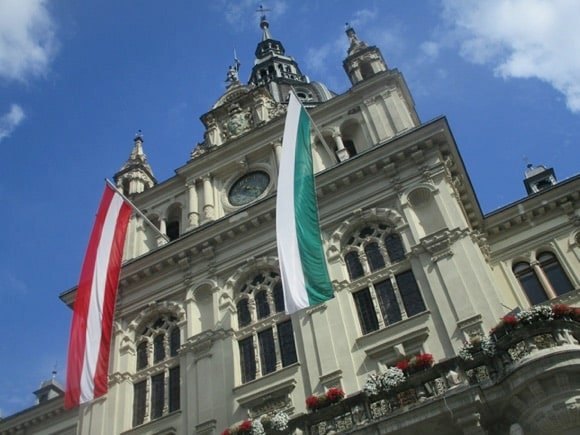
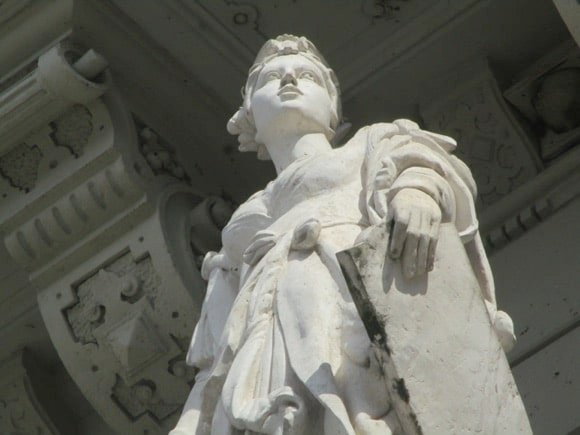
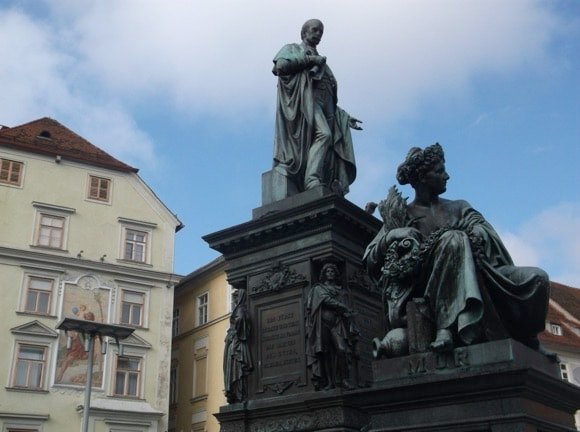
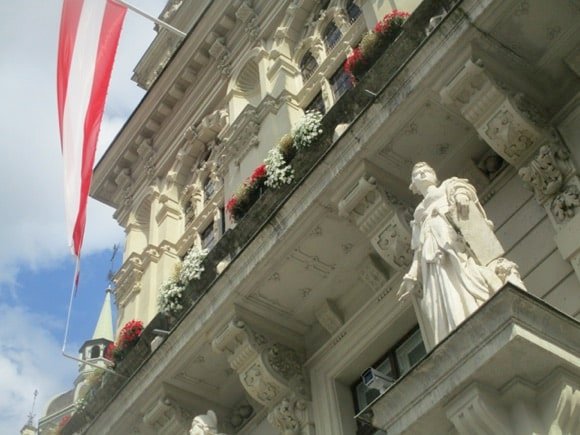
Referred to by its sponsor’s name of the Merkur Arena, back in those glory days between 1998 and 2005, the stadium was called the Arnold-Schwarzenegger-Stadion after the city’s most famous son. It had only just been completely rebuilt, welcoming both Sturm and GAK who abandoned their own grounds to move in on July 9, 1997, when the rivals played the 91st Grazer derby as a curtain-raiser.
The fixture had been staged before in the former iteration of the Liebenauer Stadion, then called the Bundesstadion Liebenau, in 1969. The pair first met in 1910, one of several friendlies, before an official fixture in the Styrian championship was played in 1920. GAK had been founded in 1902, on the birthday of Habsburg emperor Franz-Joseph.
The game had been brought to Graz from Prague by a local student of medicine, Georg-August Wagner, in 1893. The following year, young mountaineers of the Techniker Alpenklub tried out the sport out for themselves at the Landesturnhalle, today the Sportland Steiermark, in the Stadtpark. Little is known about these early games, except that they weren’t encouraged by the powers-that-be.
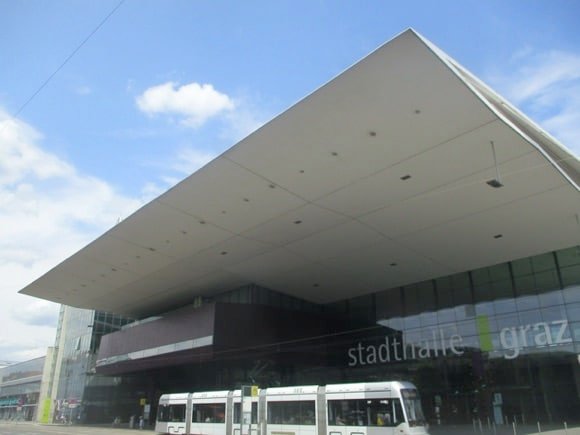
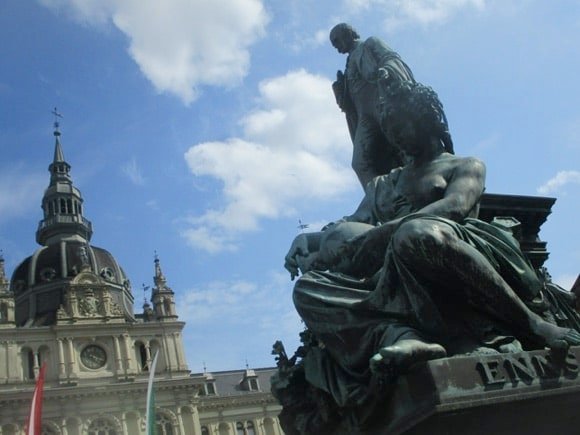
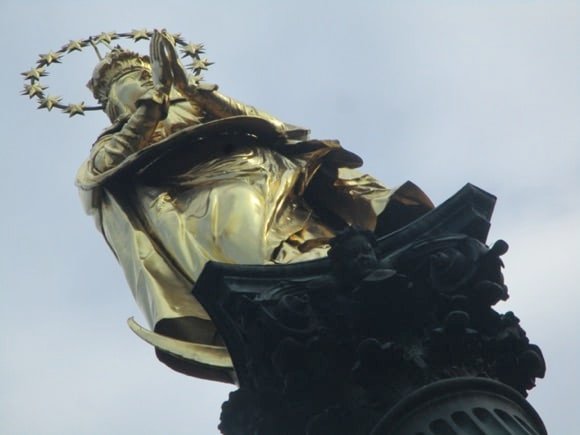
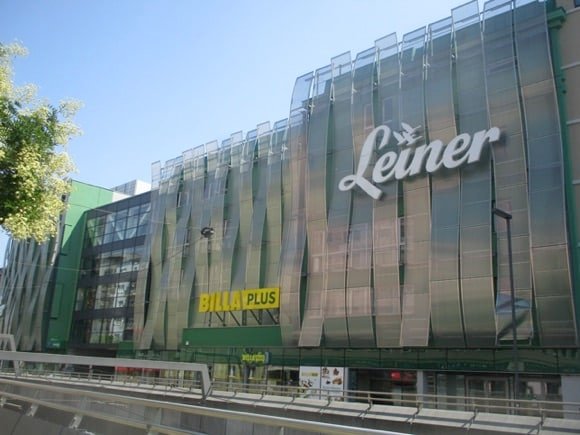
The sportsmen persisted, finding a meadow they could use in Körösistraße, the rent covered by the mother of GAK founder Carl Markel. The team played a series of friendly matches here on what became known as Hauptmühlwiese, where they were to stay until the move to Liebenau nearly a century later.
The field would be adapted for other disciplines – this is Grazer Athletiksport-Klub after all – and a grandstand erected shortly before World War I.
By 1909, GAK had a local rival. Inspired by DBC Sturm Prag, a German team in Bohemia who had visited Graz two weeks before, Sportklub (SK) Sturm Graz were founded by secondary school pupils on May Day at the Gasthaus Schafzahl on Pestalozzistraße. Then, as now, this long street south of the city centre bordered Augarten park, where Sturm were first based.
Head of the Graz Sports Association (GSV), Arnold Schmidt, soon took control, moving the club further south to the GSV ground on Fröhlichgasse. There Sturm played – friendlies, against GAK, Klagenfurt and even opposition from Zagreb – and trained until 1919.
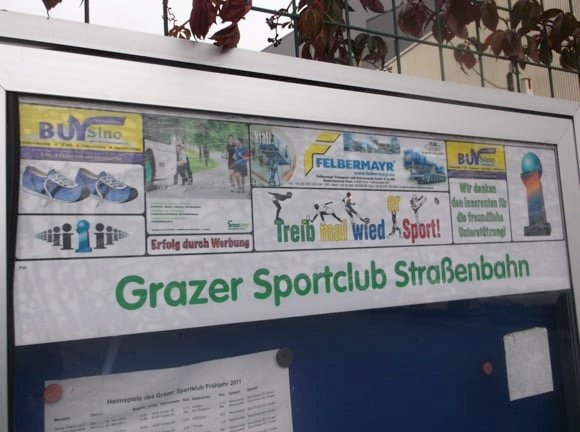
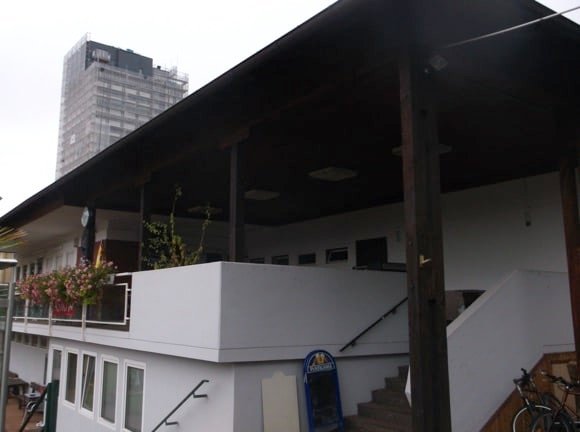
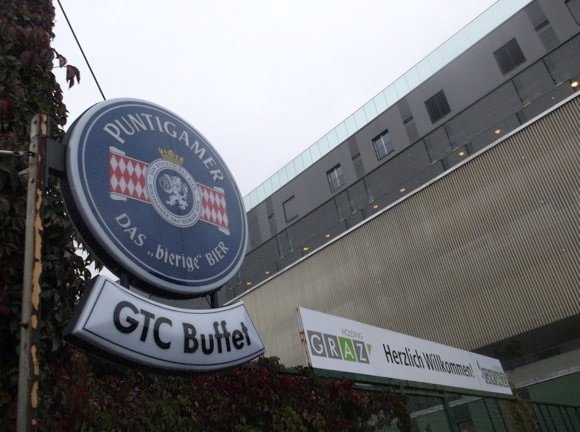
Much as in England in 1945, the game in Graz enjoyed a post-war boom after 1918. Sturm moved to what would become their legendary home at Gruabn, where Jakominigürtel meets Klosterwiesgasse, at the instigation of their player Michael Höller, whose namesake father had leased the field from the City. Apart from showcase fixtures at the Bundesstadion Liebenau, and during Gruabn’s renovation in 1982, Sturm stayed here for most of the 20th century, winning the inaugural Styrian Championship in 1921 and sharing a regional duopoly with GAK between the wars.
Of the two, Sturm were considered the junior partners, the longer-established GAK – formed on the emperor’s birthday – eliciting support from the upper echelons of Graz society. This was never better illustrated than the urban myth of GAK players travelling to an early clash with Sturm by horse-drawn carriage.
The ground at Gruabn still exists, though sadly not the so-called Gingerbread clubhouse that Sturm built in 1948, after constructing a covered seated stand here in 1934. The ground is still used today, by Grazer SC Straßenbahn, formed by young tramworkers in 1923 and later based at the original Liebenauer Stadion after its expansion in 1929. GSC lost their first match, against GAK reserves, 6-1, but developed sufficiently to open their own ground in 1937 on Conrad-von-Hötzendorf Straße, also south of town.
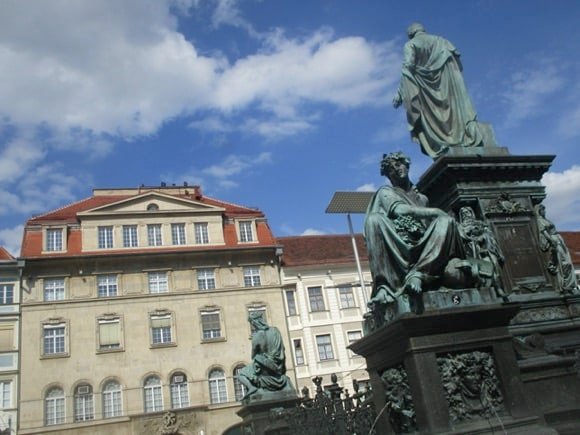
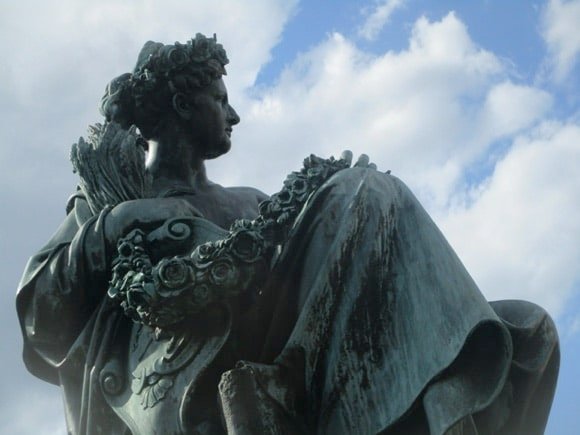
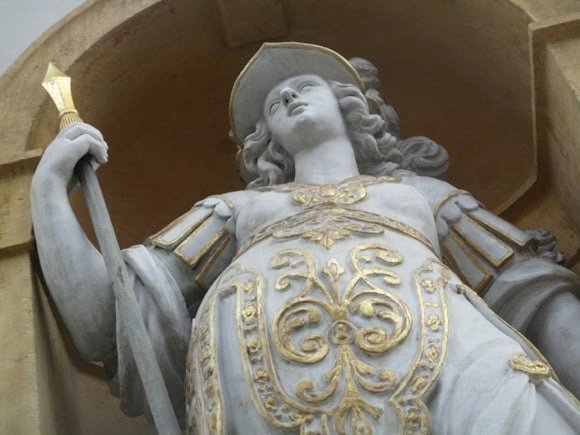
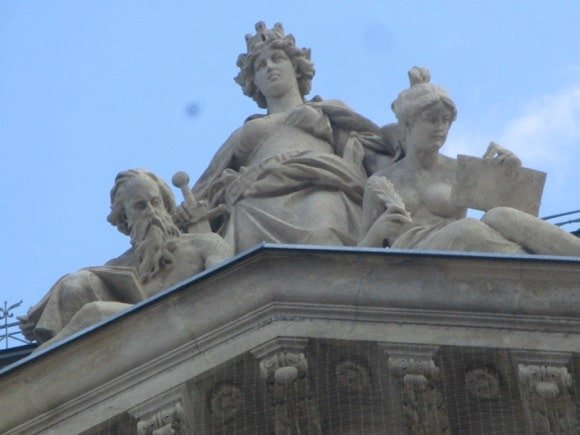
There the Grün-Weißen stayed until 2006, when a cash-strapped Sturm were forced to sell Gruabn to the City, which in turn helped prompt the construction of what would be the modern-day Liebenauer Stadion.
Holding 5,000, Gruabn still stages GSC games today, witnessing their promotion in 2024 from the Gebietsliga Mitte, the sixth tier in the Austrian pyramid, to the Unterliga Mitte. Although now surrounded by a large, brutalist office building and residential blocks, Gruabn has not only retained its pre-war grandstand, saved by a crowd-funding initiative by Sturm supporters in 2016, but gained heritage status in 2021.
As for Sturm, the club negotiated stormy waters to win a first Austrian title under legendary Bosnian coach Ivica Osim in 1998, retaining it a year later. Osim’s death at home in Graz in 2022 prompted an outpouring of grief around the city. Mourners came to pay their respects when his body was laid out at Liebenauer Stadion, whose concourse now carries Osim’s name.
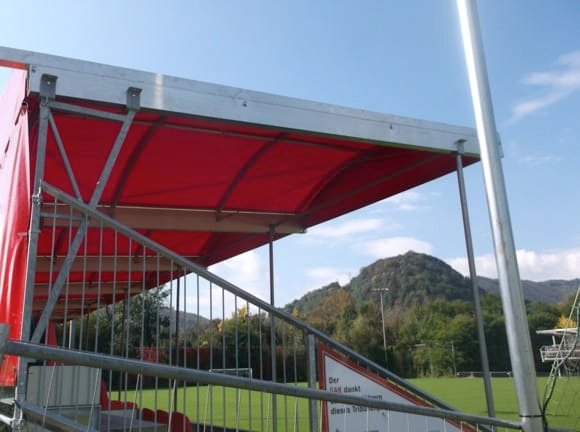
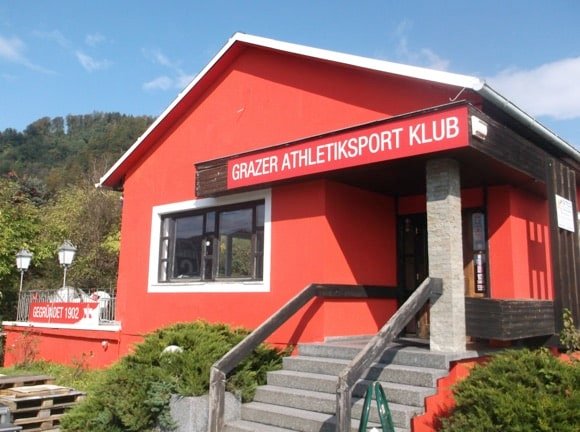
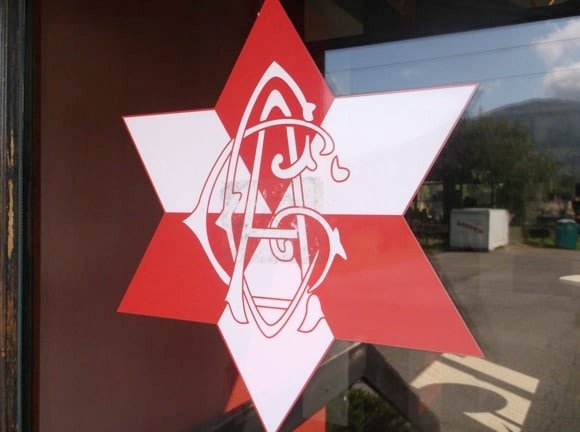
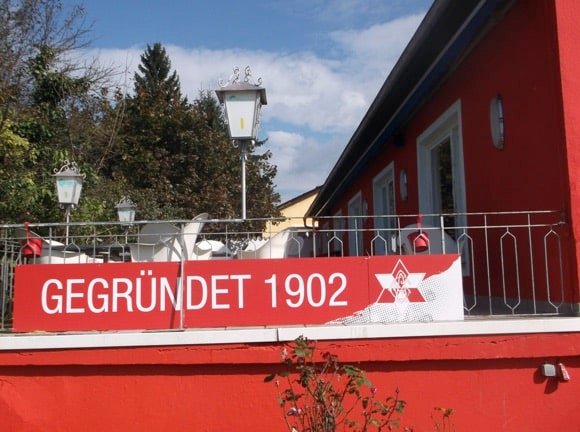
After years in the wilderness – in 2012 the club had filed for bankruptcy for the fourth time (!) of asking – GAK returned to the Liebenauer in 2018. In between, the phoenix team formed by disgruntled supporters rose through the lowliest divisions at the Sportzentrum Weinzödl on the northern outskirts of the city, where a GAK bar and fanshop still function. Fans also pitched in when it came to erecting a temporary stand there.
In 2019, an epic cup run carried GAK to the semi-finals of the ÖFB Cup, beating Austria Vienna in front of 12,000 spectators, before losing to Red Bull Salzburg before a crowd of 13,000-plus.
For all the fan engagement surrounding both clubs in Graz, the capital of Styria was overlooked when Austria chose its Euro 2008 venues, that honour going to the soccer backwater of Klagenfurt, where there wasn’t even a suitable stadium then in place.
These days, Austria almost never play in Graz, preferring Linz or Klagenfurt if Vienna isn’t hosting. In fact, England have played in the Styrian capital almost as recently, registering a narrow win over Japan here as a warm-up before the 2010 World Cup in South Africa.
Getting Around
Arriving in town and local transport
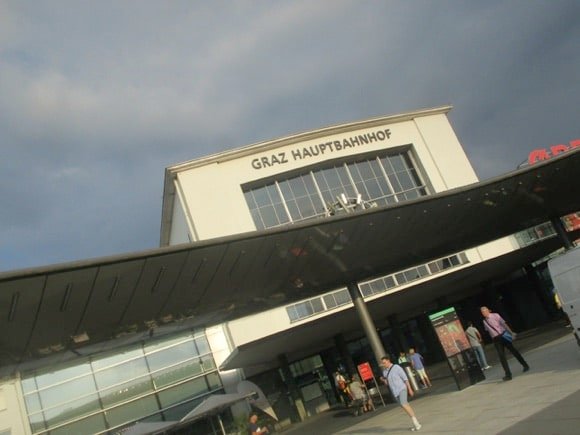
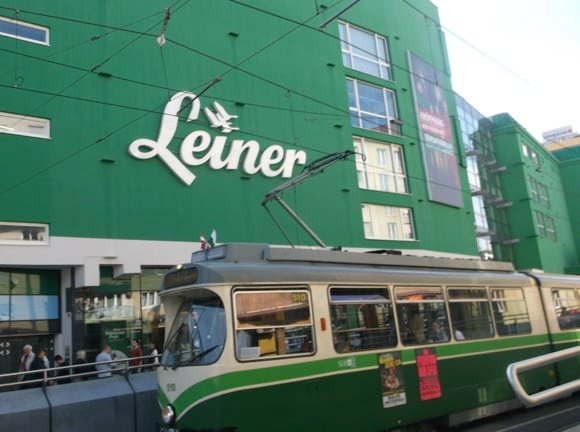
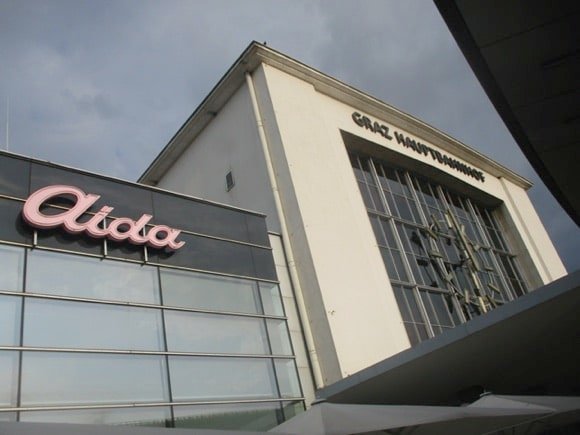
Underused Graz Airport is 10km (six miles) south of town, connected by S5 S-Bahn train every 30mins (every hr Sun) from a platform 400 metres away to Graz Hbf (€3.20, 12min journey time) or bus 630 direct from the terminal to Puntigram Bahnhof, changing for S-Bahn services or tram 5 to Jakominiplatz (20mins) every 30mins.
A single ticket is €3.20 (valid 1hr), 24 Stunden day pass €7, available from machines on board, and at stops and stations, from newsstands and the transport office on Jakominiplatz. You can also use the GrazMobil app. See GrazMobil for details of tickets and schedules.
Taxi Graz 1818 (+43 660 144 1818) should charge around €20-€25 into town, less to the Liebenauer Stadion which on the same south side of town
From Vienna International Airport passengers 200km (125 miles) away, a direct train runs every 2hrs to Graz (3hrs, €20-€25 online) – change at Wien Hbf if you’ve just missed one.
Graz station is west of the city centre, a 15min walk away or four stops over the Mur river by tram. Liebenauer Stadion is on the southern outskirts of town, accessible by tram and close to Ostbahnhof-Messe, with swift, frequent services from Graz main station.
Note that FlixBus uses Webling P&R by a motorway intersection on the southern outskirts of town. From bus stop G diagonally opposite the drop-off point, bus 32 (pay on board, cards accepted) runs every 10mins to central Jakominiplatz, from where tram 4 runs down to the stadium.
Where to Drink
The best pubs and bars for football fans
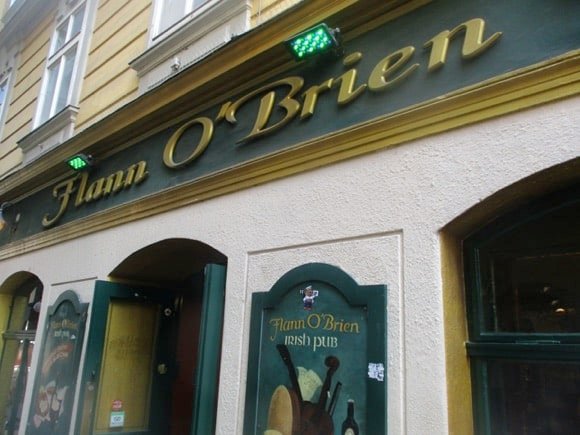
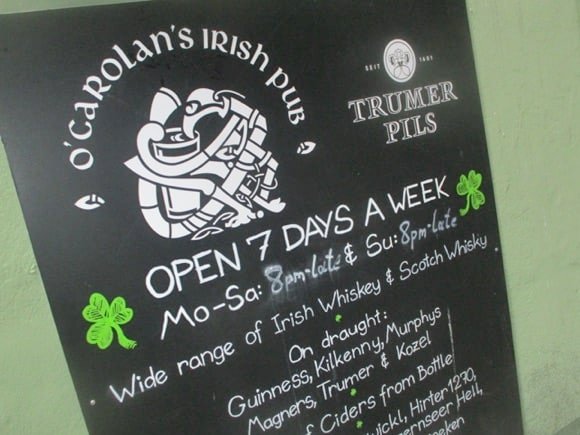
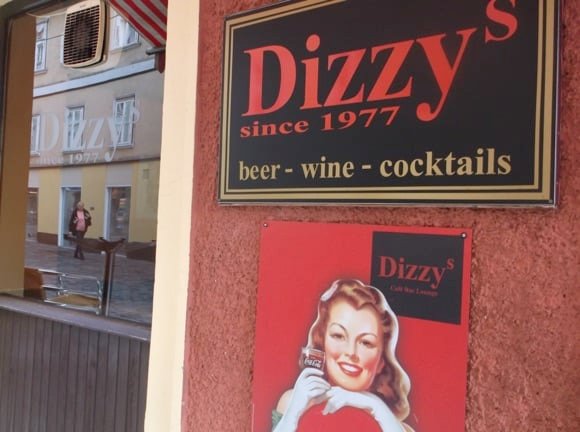
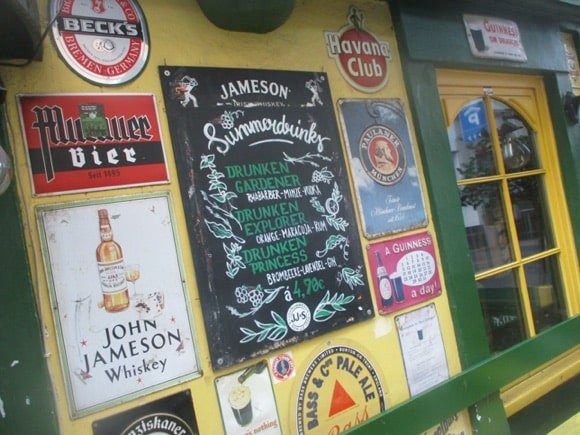
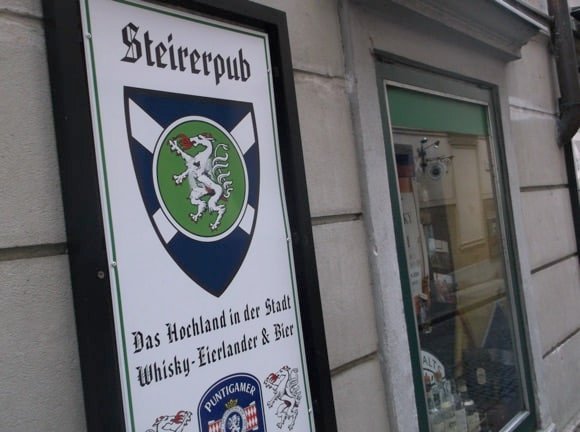
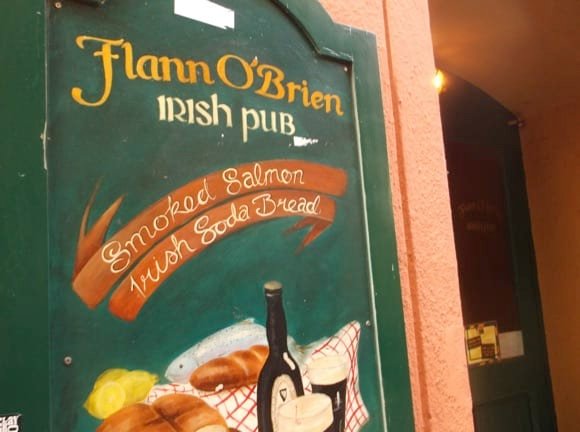

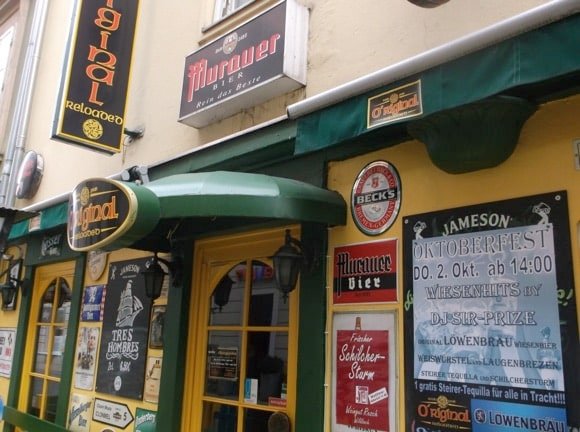
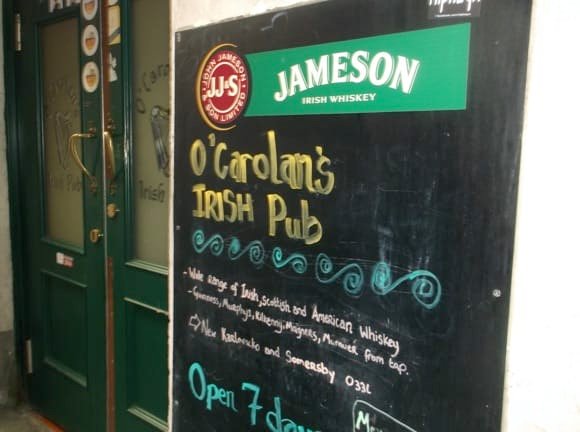
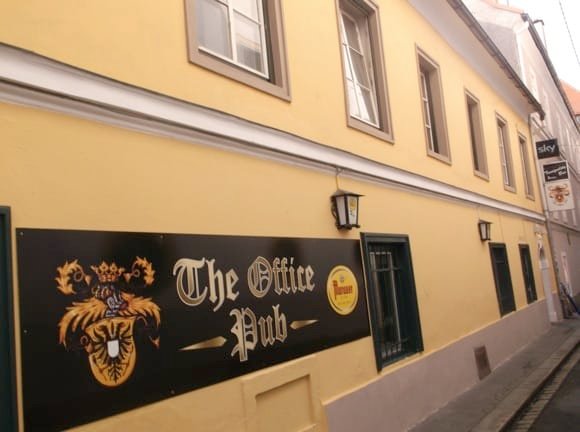
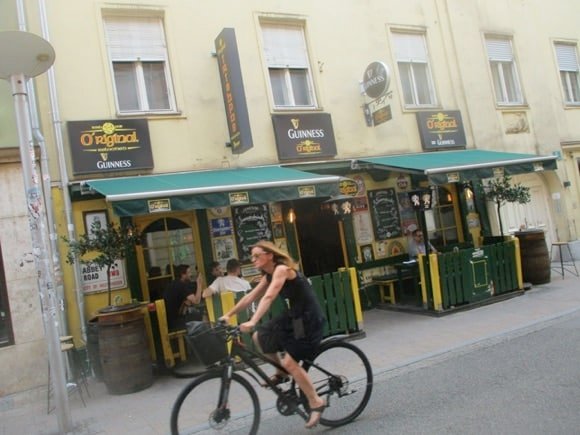
Just off the main square, scarf-decorated O’Carolan’s and food-focused Flann O’Brien are long-established hostelries, Guinness and match action the order of the day, just as at TV-filled Molly Malone on Färbergasse near the Cathedral.
It stands on the fringe of the so-called Bermuda Triangle of nightspots, Dizzy’s by Rich and Steirerpub being typical examples.
Alongside on narrow Trauttmansdorffgasse, The Office Pub aka 2 Brothers also attracts expats while O’rígínal Irish Pub off Jakominiplatz does a great job of providing live music, 30 types of beer, 80 kinds of whiskeys and live match broadcasts.
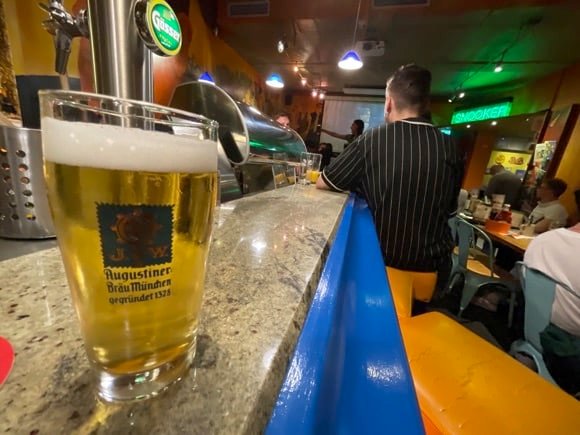
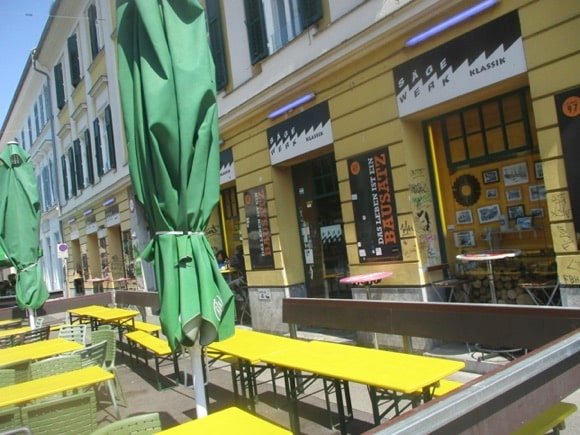
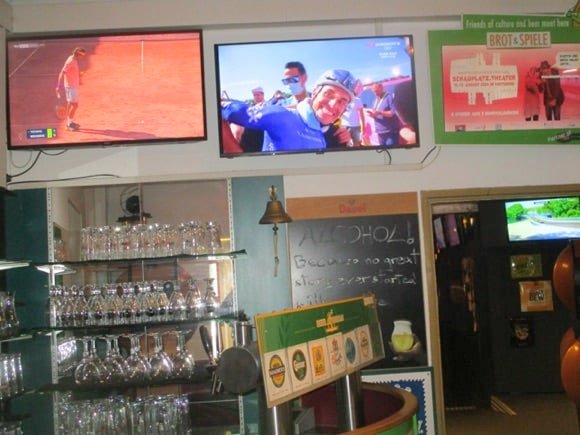
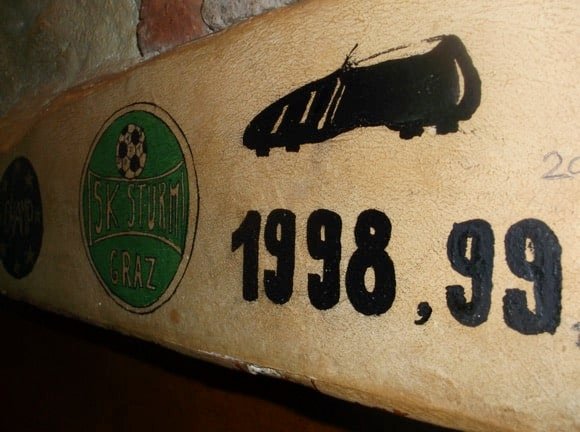
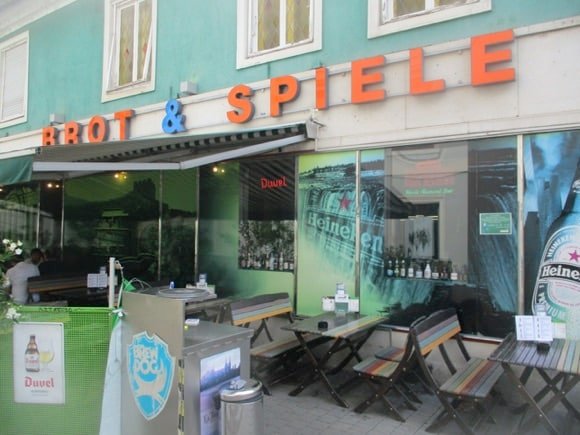
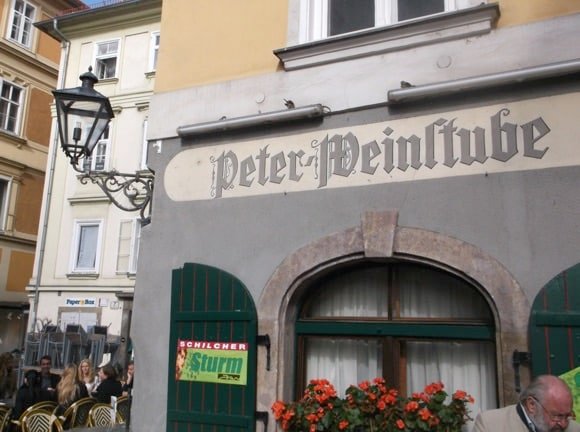
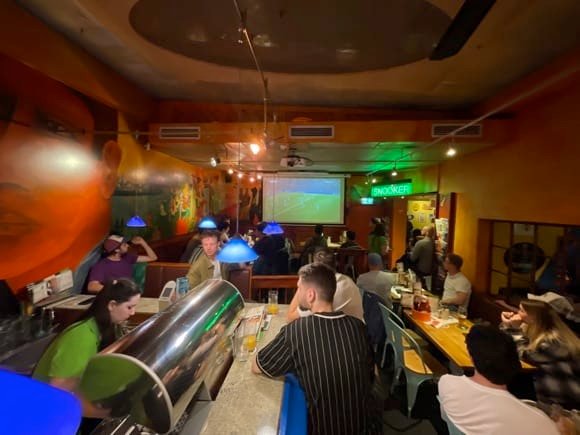
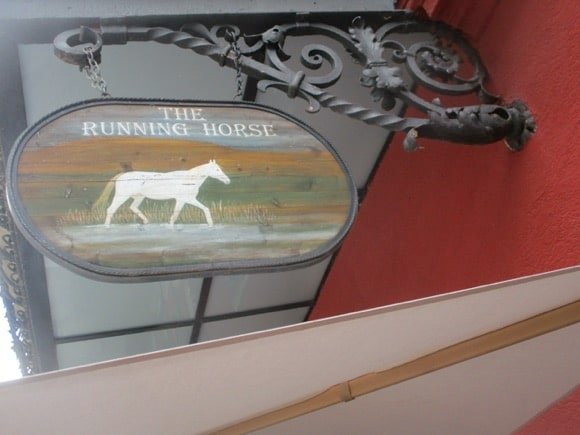

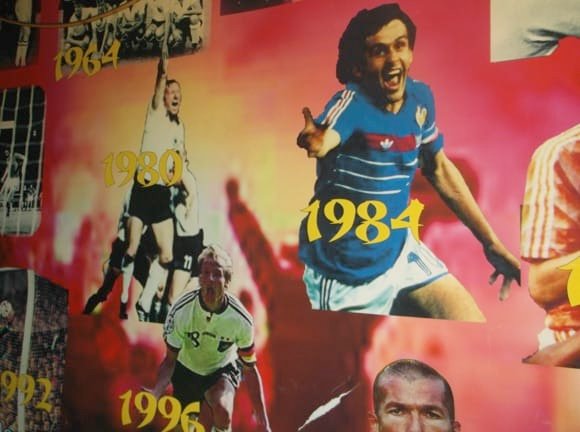

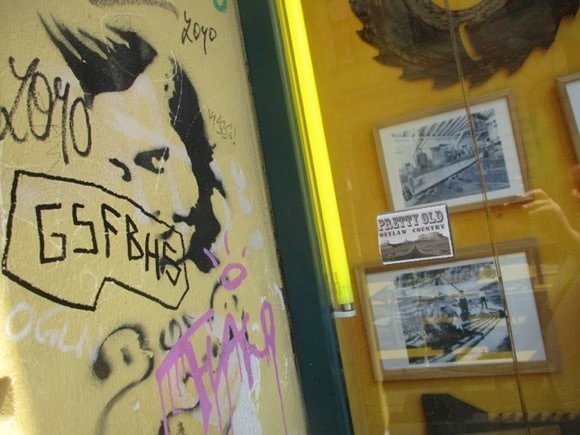
So far, so tourist-friendly. For a feel of real Graz, try funky Sägewerk on Schlögelgasse, with its savvy music policy, or perhaps the atmospheric Murstüberl just off the main square on Franziskanergasse, a narrow, cubbyhole of a bar serving local Murauer beer to regulars from 9am to 11pm (not Sun). More Murauer and lakes of wine flow at Peter Weinstube on pretty Kapaunplatz just off the main square, an ideal spot for terrace relaxation.
Just over the river, another bar hub can be found on Mariahilfer Straße, headed by the excellent Brot & Spiele, where regulars have been gawping at big-screen sport, sampling the 130 beers, tucking into burgers and shooting pool for the best part of 40 years. There’s even two snooker tables at this credible candidate for the best bar in town.
Just the other side of Mariahilferkirche, The Running Horse presents a more contemporary take on an English pub, with occasional DJs and big-match screenings, a formula that has served the place well for the last 20 years.
Where to stay
The best hotels for the stadium and city centre
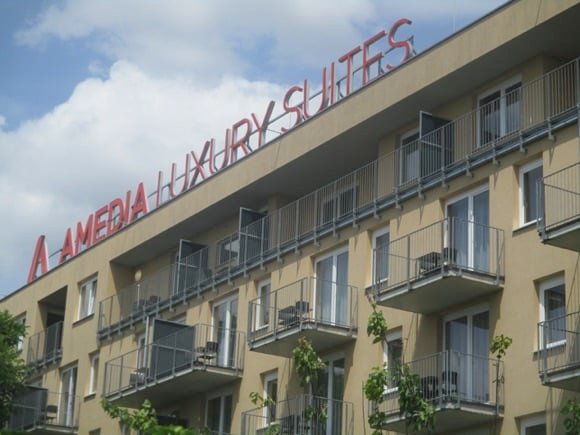
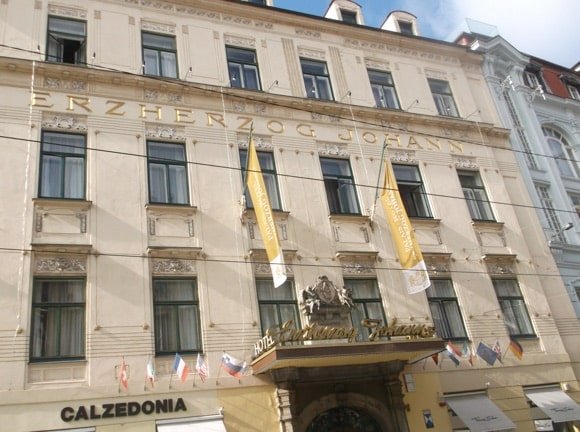
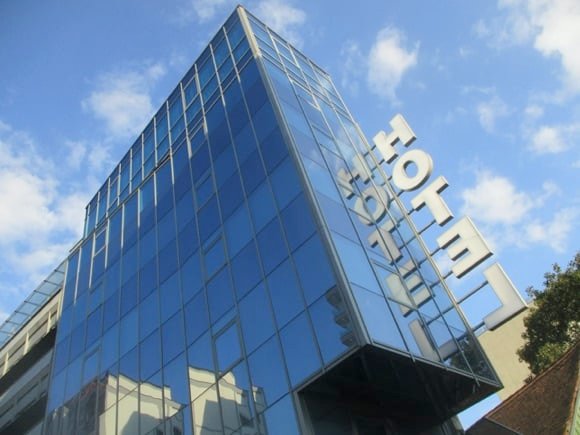
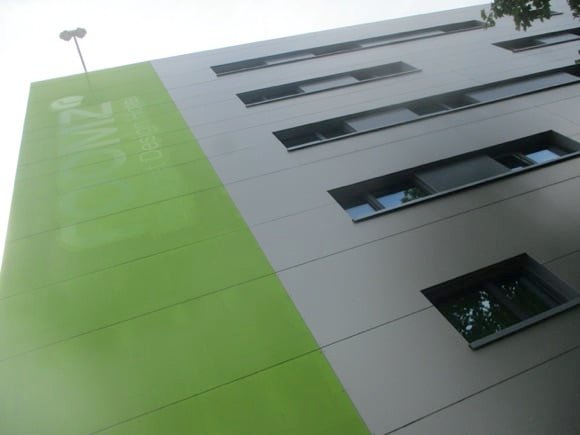
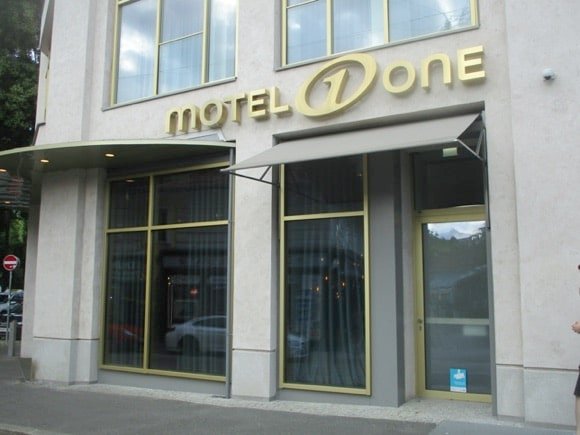
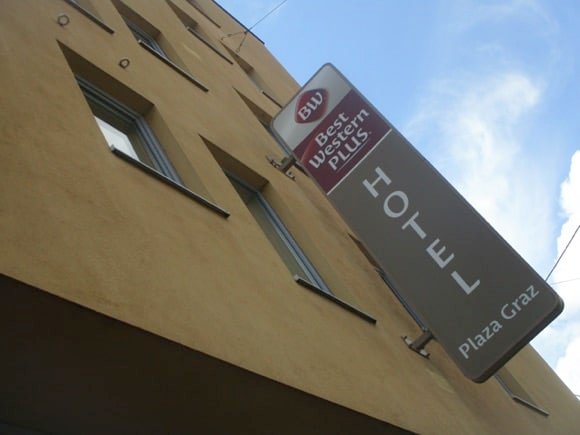
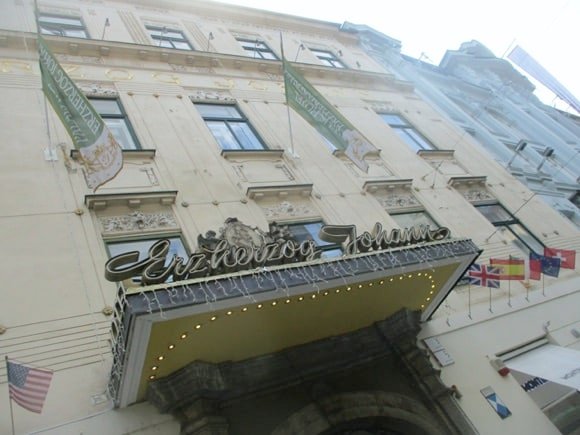
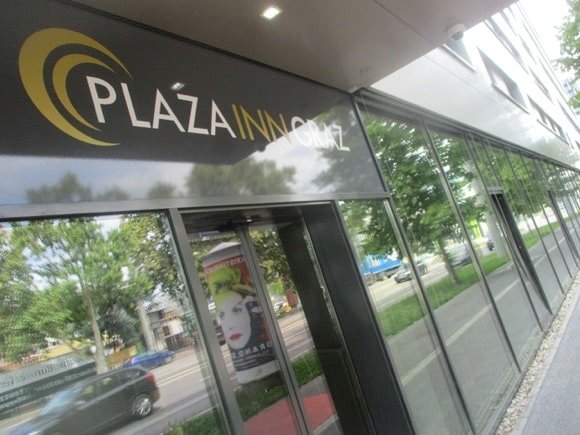
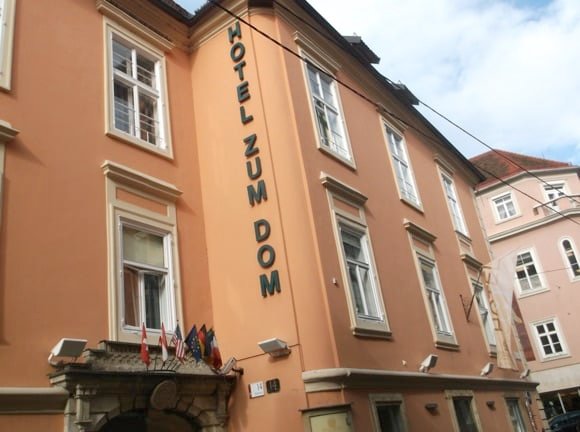
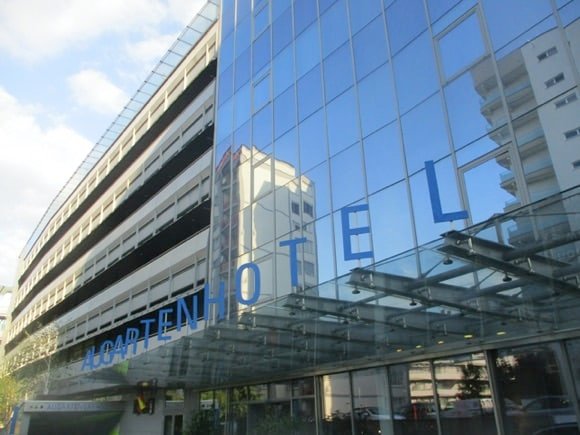
Graz Tourismus has a database of local hotels, a booking function and a current offer of three nights’ accommodation for two.
Nearest the stadium, swish AMEDIA comprises a collection of 49 art-inspired suites with a restaurant, sauna and room service. Just the other side of Ostbahnhof, also walking distance from the Liebenauer Stadion, the Plaza Inn provides upper mid-range rooms at nice prices if direct-booked. A little further up, close to Sturm’s old ground of Gruabn, the Best Western Plus Plaza in the same group offers similar deals at around the same rates.
Nearer town, and in a setting close to the park of the same name, the design-forward Augarten Art Hotel comes into its own in summer, when the sun terrace and pool complement the year-round gym and sauna.
Around the city centre, reliable Munich-based chain Motel One occupies a prime spot right on focal Jakominiplatz, near the stylishly independent Boutique Hotel Dom and its 29 individually designed rooms and penthouse terrace. Over on Sackstraße, the Palais-Hotel Erzherzog Johann displays all the opulence of Ferdinand Sonnhammer’s 19th-century conversion of a 16th-century inn. A single room can be had for €90, a double for €115.
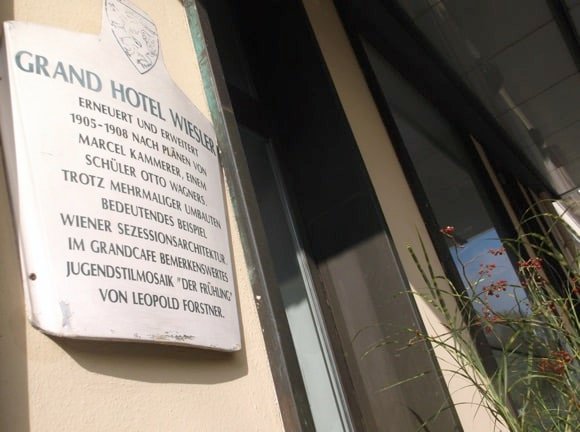
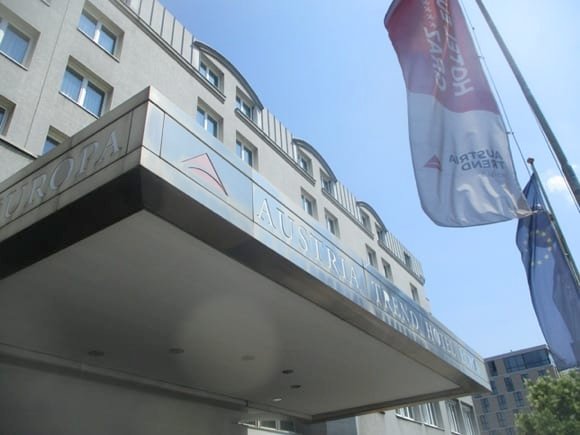
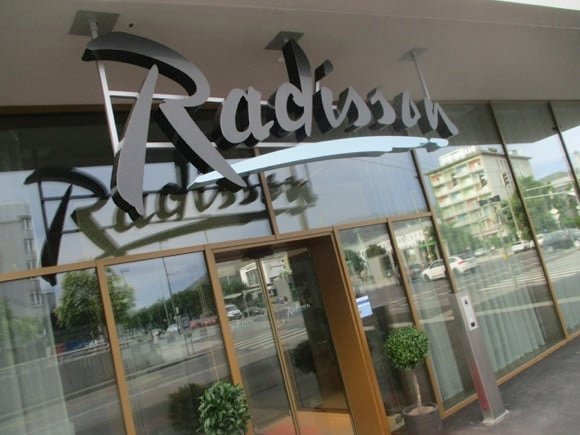
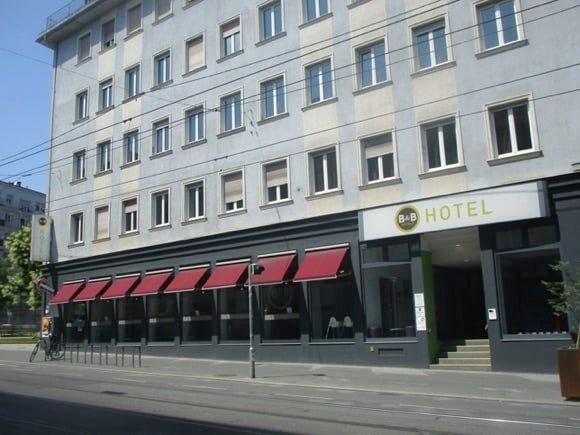
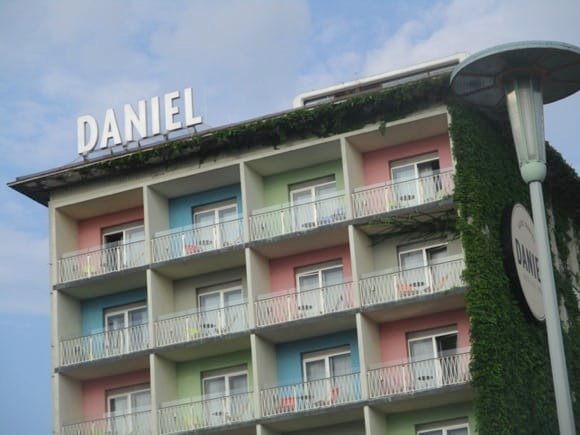
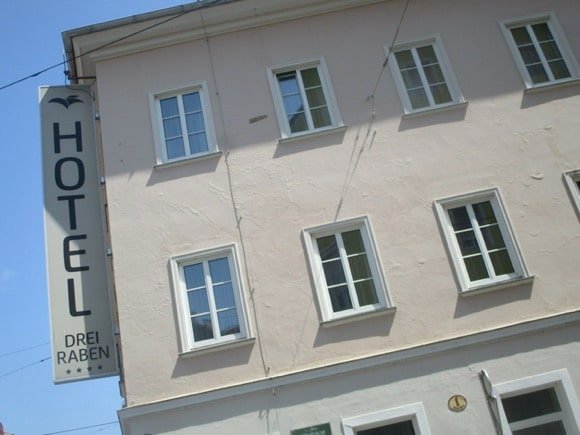
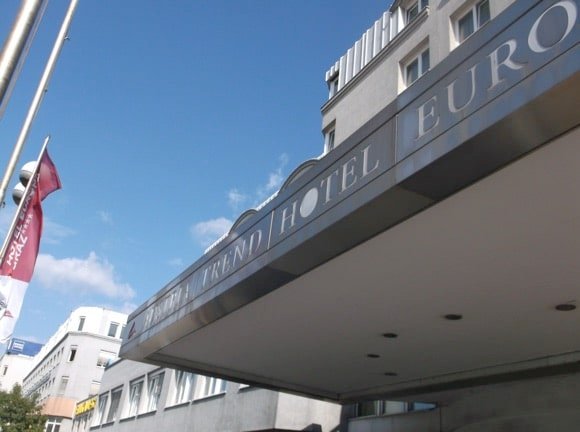
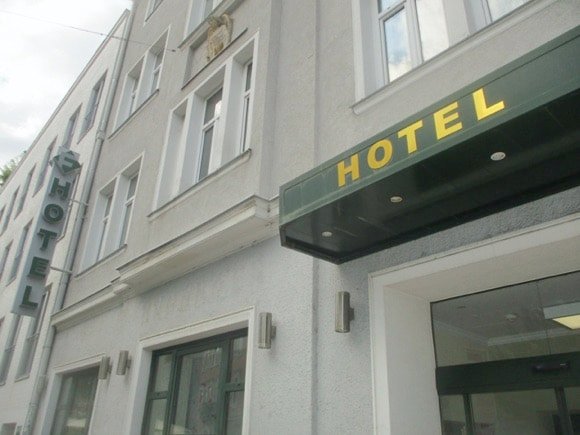
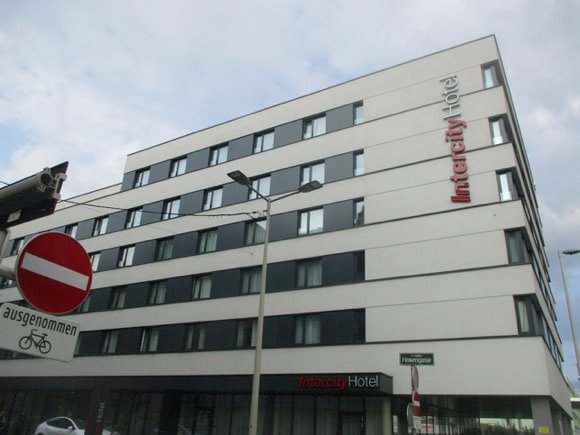
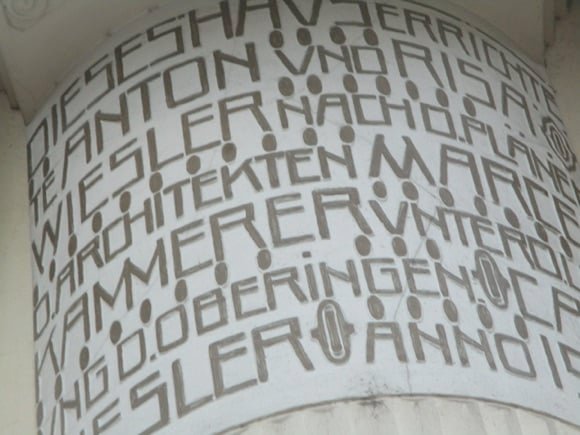
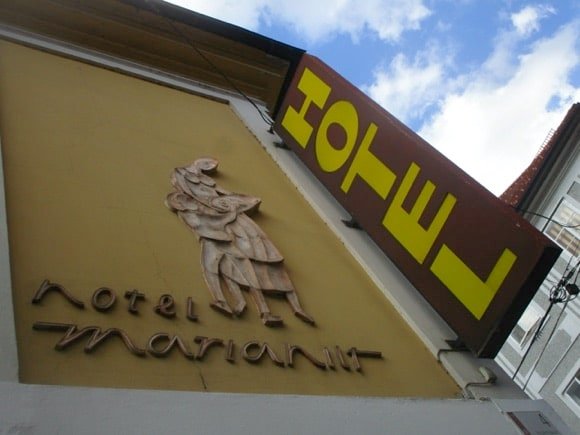
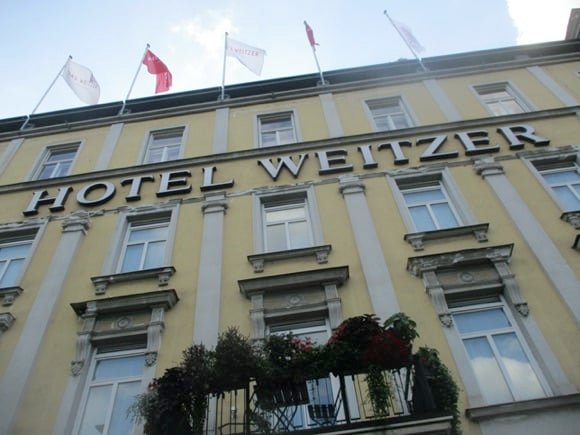
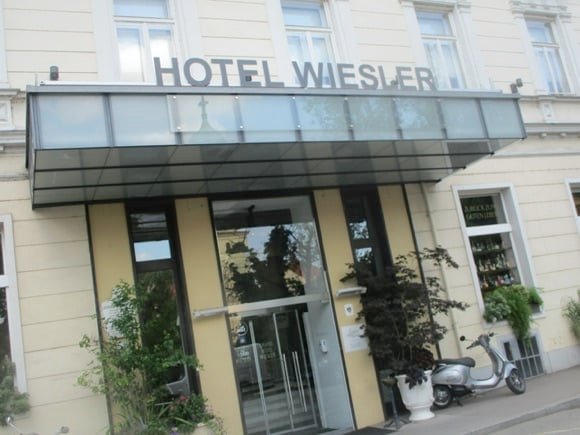
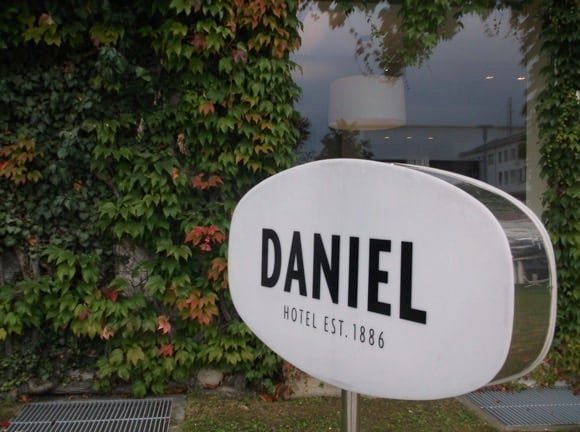
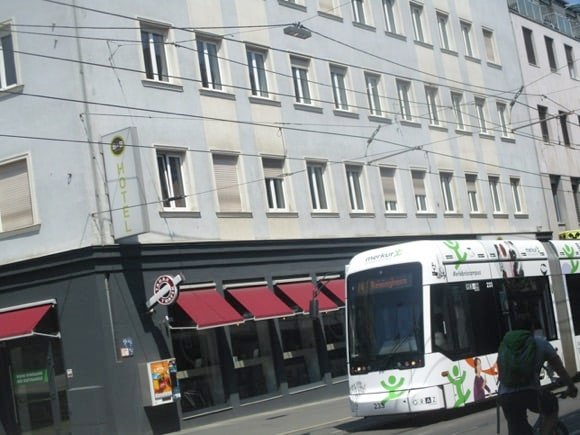
Over the river, the Grand Hôtel Wiesler also exudes history, though its rooms have enjoyed a contemporary makeover compared to the ones first occupied by guests in 1909. The nearby Weitzer further down Grieskai also plays up its heritage, a fourth-generation namesake family member overseeing its 200-plus rooms, Styrian restaurant and classic coffeehouse, not to mention panoramic rooftop sauna.
On the other side of Südtiroler Platz, close to the bar hub of Mariahilfer Straße, the three-star Mariahilf feels pleasingly old-school, its bar8020 a destination in its own right. Further up, overlooking the lively bustle of Lendplatz, the Chrizz Rooms lends a new approach to a traditional hotel, the former Feichtinger. Closer to the station along main Annenstraße, the mid-range Drei Raben lists offers such as three-nights-for-two and museum admission.
Facing the station, the four-star Austria Trend Europa Graz tries to outdo its many nearby competitors with underground parking, a sauna, room service and seasonal offers with direct booking. Guests at the business-friendly, gym-equipped Radisson Hotel Graz alongside can also take advantage of leaving their car below ground.
Just behind it on Annenstraße, the bright chain B&B Hotel Graz-Hbf provides affordable convenience. Beside the station building itself, the 229-room IntercityHotel Graz doesn’t only cater to rail passengers – it has an e-charging station – while the Hotel Daniel has been a railway hotel since the 1880s, since converted into something funky and urban, with e-Vespas for guests’ use and an espresso bar.

